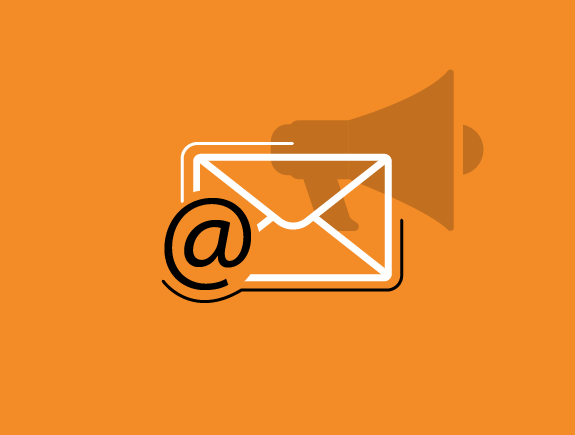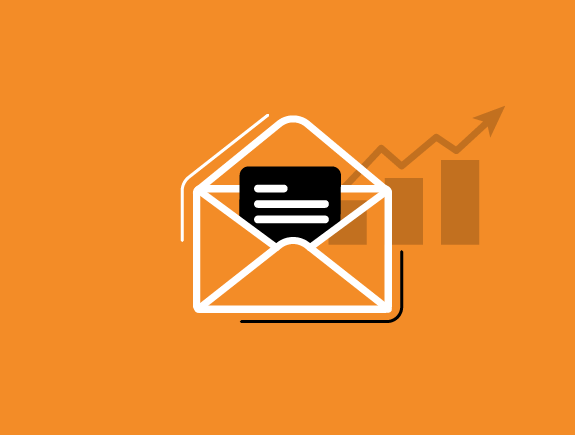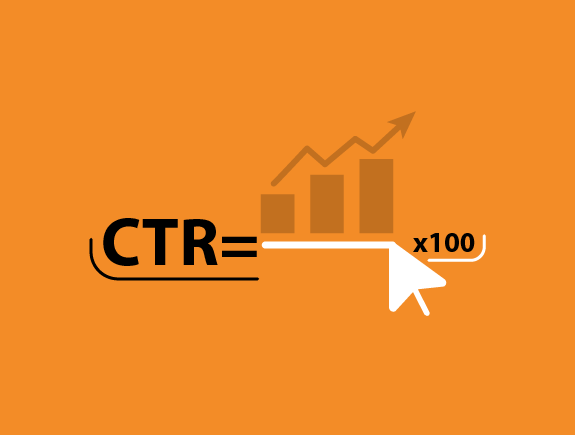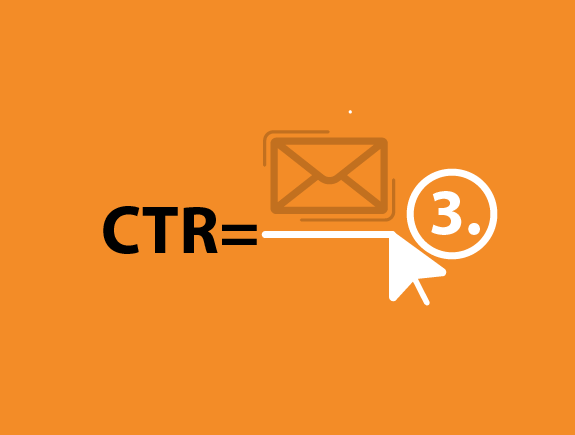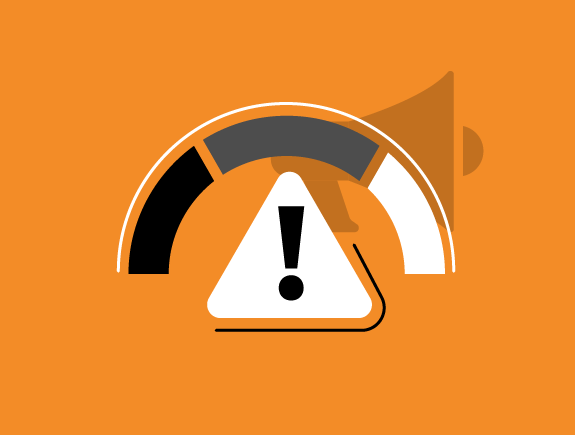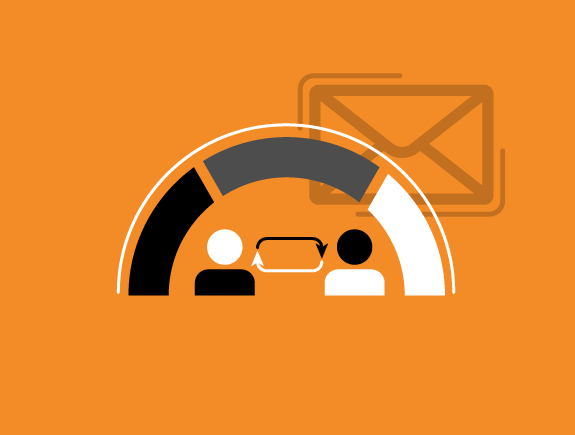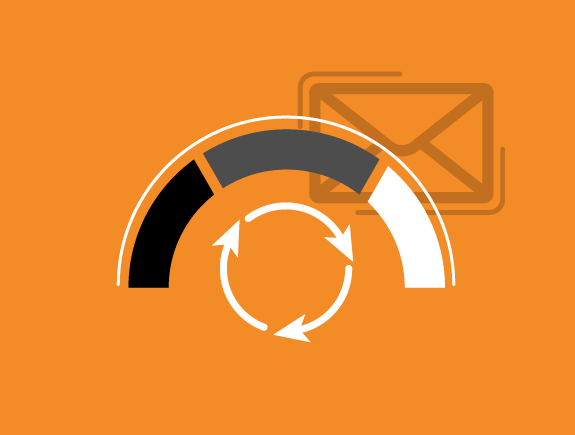We love email marketing communication because it allows us to send personalized messages to customers or a group of customers. Though creating e-mail campaigns for many companies in the past few years, has become a regular practice, most do not check their effectiveness. Qualitative analysis of metrics, presenting the effectiveness of campaigns, can bring important stats. Based on these figures and the conclusions of the analysis, we will see how we can optimize future campaigns even better. To draw conclusions, it is important to follow the next few metrics for more effective campaigns.
But before we list the metrics and clarify what each one means, we will first explain why they are important. Since each campaign should have a goal, in order to know that it has been achieved, you must follow certain metrics. Based on them, you will clearly know which segment of the campaign needs to be further improved, and which ones bring quite good results. This way, all your future campaigns will be more successful each time.
Before we move on to e-mail metrics, we remind you that if you like reading about numbers, be sure to read our text on Facebook metrics and learn the meaning of the numbers of Facebook campaigns. And now let’s finally deal with the most important email metrics.
Open rate
This is the basic metric, telling how many subscribers have opened an email. Based on the research, the average opening rate is around 22%, but with the right tactics, it can be higher. Based on it, we can see how much the recipients of the e-mail are interested in the content and the degree of their engagement.
The main factor that affects this rate is the e-mail subject. To attract the attention of subscribers, the title should be clear, short, and engaging. For example, 4 sentences a client should avoid saying to a marketer. Do we have your attention?
Considering these metrics, it is important to separate the two data. Total opens and unique opens. The first data indicates that someone has read the e-mail more than once, while the second number gives us precise data on the number of subscribers who have opened only once.
CTR (Click-Through-Rate)
If you want to find out how many subscribers clicked on a link in an email, then CTR is a metric you need to track. The higher this number, the more successful the campaign is and the more it has attracted the attention of email recipients.
What can help increase this metric? Images, graphics, memes, videos, text descriptions of products, and of course the inevitable CTA (call to action) can make email more interesting.
This data will probably shock you – the average CTR is around 3.5%, which is much lower than the average email opening rate. That is why quality content is very important. Pay attention to the following – by comparing the unique opening rate and the unique click on the link, you get the number of unique users who clicked on the link within the message. This is where strategic planning for future campaign optimization begins.
Three metrics indicate that subscriber addresses are ready to be deleted from the list
Bounce rate or the rate of undelivered emails is a very important metric if you want to focus on cleaning your contact database to which you send campaigns and notifications. There are two reasons why an email will not be delivered to an address. Either the inbox is full or the address is invalid.
Either way, you don’t need such contacts in your subscriber base. By following this metric and constantly removing e-mail addresses from the list, you reach quality and lower your bounce rate. In addition, monitoring the rate of inactive subscribers can contribute to the quality of the list. They are still on the list, receiving emails, but never opening them – they just take a place on the list that could be taken by someone new, interested in your content.
Another important metric to pay attention to is the unsubscription rate, i.e., all those subscribers who no longer want to receive your campaigns and notifications. It averages 0.1%, but if it is higher it may indicate some communication problems. Therefore, we need to adapt messages, and visual communication and thus influence this metric.
Growth rate
When we compare the rate of those who no longer want to receive e-mail campaigns and the number of new subscribers, we get the growth rate of the number of subscribers. This rate indicates the growth of the number of subscribers and its speed in a certain time period. The higher it is, the more subscribers are on the list.
To improve this metric, it is important to give subscribers something for free, something that could be useful to them. One of such tools is the e-book, which enables your users or the buyers of the products to learn something new.
.
Spam score
A spam score is a metric that shows the number of subscribers who marked our e-mail as spam. The higher this number, the higher the chance that your email will end in spam. The main reasons someone may label your content as spam are: either you are too focused on sales and send too many sales emails or these subscribers do not consider your content as relevant. By following these numbers, you can find out that something is wrong with the communication between you and your customers, and then you can react.
Forwarding rate
This metric brings us data on the percentage of emails forwarded to another address. If the forwarding rate is high, that’s a good sign, because it means your subscribers consider the content relevant and share it with others. This way you can reach new users or customers. In order to share the content on social networks, it is important that each email has a sharing option at the bottom. By following this metric, you will be able to find out what kind of content is interesting to your followers and what they are happy to share with their friends.
Conversion rate
The last important metric we want to point out to is the conversion rate. As each e-mail campaign has its own goal (reading a blog, buying a product, filling out a certain form), the conversion rate represents the number of people who did exactly what you asked of them, i.e., accomplished the goal of the campaign. To increase your conversion rate, it’s important to align your campaign goal and message. This is, at the same time, the most important metric that shows how effective the campaign is, which is why we end this blog with it.
Efficient and effective email campaigns with Titan design
If your company needs advice on running e-mail campaigns, the Titan design team is at your disposal. Our team, which includes experts with many years of experience in running effective e-mail campaigns, will know the answers to all your questions and will suggest the best strategy to increase conversions via this channel. Contact us and open another channel of communication with your customers, and you will get surprising results.


